Amidst Rising Tides, Island Nations Seek Solutions
Fearing they may not survive the ravages of extreme weather caused by the climate crisis, waterlocked countries look to Hawaii’s ambitious policies as a model.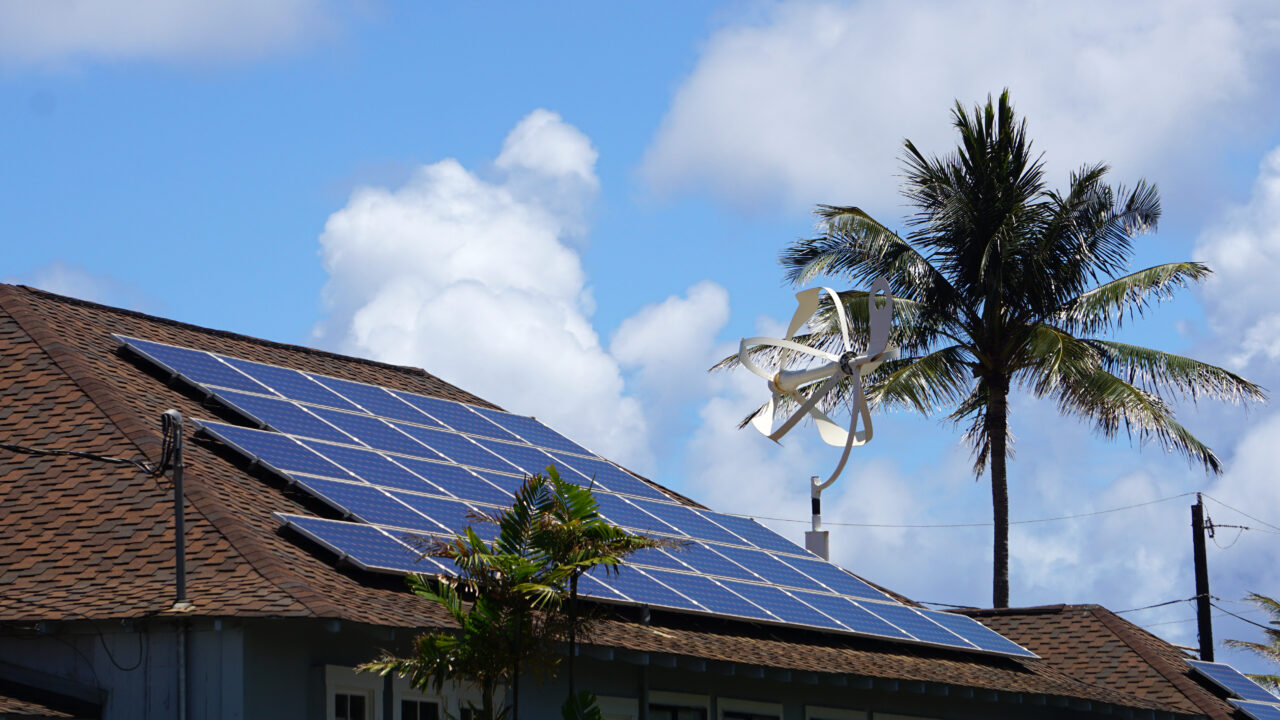 Image: Adobe
Image: Adobe
Between Hawaii and New Zealand, a remote United States territory is home to a strategic American military base, the Pele U.S. Army Reserve Center — and about 44,600 islanders trying to survive onslaughts of extreme weather.
Heat-trapping pollution that is causing global ice caps to melt and seas to expand is also spurring the Pacific Ocean that surrounds American Samoa’s half-dozen volcanic islands to rise almost three times faster than the global average for oceans.
These effects of climate change — along with seismic activity that is prompting the U.S. territory to sink — are part of one-two punch raising questions about the sustainability of human life on narrow islands made up largely of flat coastlines in the South Pacific.
For inhabitants, the lack of global progress in cutting carbon emissions that drive climate change could hardly be more palpable.
Rising seas drive higher tides that reach far inland. Waterfront villages suffer recurring floods that have left dozens of coastal homes uninhabitable. Medical facilities located close to the ocean are in peril, raising questions about how long islanders will be able to access local care. Not even the dead are spared; the rising sea has unearthed corpses from burial grounds.
Medical facilities located close to the ocean are in peril, raising questions about how long islanders will be able to access local care.
The U.S. territory’s Gov. Lemanu Peleti Mauga summed up the big-picture problem as he sees it: “While the world is talking about how to mitigate climate change, every day the ocean is eating away at the land in American Samoa and all the islands in the Pacific.”
Speaking at a climate change fellowship program in Honolulu last fall that brought together representatives of eight Pacific island nations and territories to learn about Hawaii’s pioneering efforts to move its energy system away from oil and toward renewable sources, Gov. Mauga moved his hands inches apart and said: “Our islands are this big and, maybe 20 years from now, they will be gone.”
It all raises questions. For one, where can the Pacific Ocean’s impoverished, low-lying islands turn to find a decarbonization game plan that inspires hope for a meaningful transition from fossil fuel-dependent electrical systems to renewable energy? And where might government leaders and international institutions find a real-world model they can mimic?
The conference offered attendees a possible answer: Hawaii.
Hawaii is an example for many other U.S. states, but also for its island neighbors, whether U.S. territories or independent countries, when it comes to ambitious efforts to try to diminish its carbon footprint.
Hawaii’s clean energy transition story also provides hope for other islands that house hundreds of thousands of people and that are at a disproportionately high risk of losing their land, food supplies and fresh water to rising seas.
Leaders from eight island polities — five of which are U.S. territories — traveled thousands of miles to Hawaii’s most populous island, Oahu, to analyze how the state is reaching ambitious clean energy milestones nearly a decade after setting them.
Rising Tides, Sinking Islands
American Samoa is among more than 25,000 Pacific islands at the forefront of extreme weather linked to the warming of average temperatures. Inhabitants of such Pacific archipelagos live just a few meters above sea level, making them and their villages increasingly vulnerable to rising tides.
This is also true for much of the critical infrastructure residents rely on for power and water, as it is concentrated within 1,600 feet of the beach, according to a report by the United Nations’ Intergovernmental Panel on Climate Change.
American Samoa is among more than 25,000 Pacific islands at the forefront of extreme weather linked to the warming of average temperatures.
Globally, energy consumption — much of it for electricity — accounts for more than 75% of greenhouse gas emissions responsible for a warming climate. Scientists agree that governments worldwide must further limit such pollution to keep temperature increases below 1.5 degrees Celsius (2.7 degrees Fahrenheit) by 2030 to help limit fires, floods and hurricanes whose power and frequency are heightened by climate change.
At the Honolulu conference, legislators, utility company executives and young delegates from Pacific islands — including Guam, the Federated States of Micronesia, Tonga, Tuvalu, the Republic of Palau and the Northern Marianas Islands, as well as the Cayman Islands in the Caribbean — nodded their heads in understanding as Gov. Mauga shared stories of devastation in American Samoa.
Other islanders took their turns at the microphone, recounting harrowing tales of their own:
- Grand Cayman Marriott Beach Resort in the Caymans, about 430 miles south of Miami, had to remove “beach” from its name after the sandy strip that ringed it disappeared.
- On Guam, some 4,000 miles east of Hawaii, a park bench next door to a legislator’s childhood home is now partially submerged, even at low tide.
- Cyclone Tino in 2020 caused seas around Tuvalu, located in the Pacific Ocean between Australia and Hawaii, to rise and swept beachfront graves out to sea, showing climate change threatens both the islands’ future and their past.
Conference attendee Fatafehi Fakafanua is, at 38 years old, the youngest member of the Kingdom of Tonga’s parliament. He said he planned to work toward harmonizing his country’s use of energy with Hawaii’s 100% renewable goals.
In 2015, Hawaii enacted its first-in-the-nation legislation to require electric utilities to generate power almost entirely from renewable energy by 2045, and mandated that the overall economy make enormous progress in leaving carbon-based fuels behind.
Today, Hawaii is a leader in rooftop solar panels installed per capita and has the third-highest level of electric vehicle adoption. And yet petroleum still accounts for 80% of all energy consumed by residents of Hawaii.
Henk Rogers, founder of the Blue Planet Alliance nonprofit focused on the transition toward renewable energy sources, hosted the conference. He noted what rising seas could mean for the iconic oceanfront tourist neighborhood just a few miles away that anchors the economy on Oahu.
“A one-meter rise in sea level means Waikiki is underwater,” Rogers said. “It means we not only have to move Waikiki, but everyone in that flood plain, uphill.”
The challenges faced by such tropical islands aren’t entirely different from what’s ahead for some major cities and even low-lying countries, Rogers said, pointing to major river- or oceanfront capitals like New York, London, Paris and Tokyo, and particularly vulnerable nations like Bangladesh. “It’s so much cheaper to fix climate change than it is to move all that infrastructure.”
“A one-meter rise in sea level means Waikiki is underwater.”
Rogers, who became wealthy after securing the rights to the videogame Tetris in the Soviet Union, has worked with Hawaii legislators, a governor, the electrical company and others to help put the state’s groundbreaking clean-energy laws in place. He has long sought to make Hawaii into a model for island leaders elsewhere, and the clean-energy conference is a part of that effort.
“If we switch island-countries to renewables, other countries will notice and help further our mission to achieve 100% renewable energy in the world by 2045,” he said.
Like Hawaii, many island nations drew up pledges, following 2015’s international climate conference in Paris, that detailed how they plan to shift to sustainable energy sources.
Many of the Pacific islands with leaders at the conference have begun the transition from petroleum and diesel to renewable energy sources to power homes, businesses and transportation.
Some are further along than others. At the gathering, they shared their challenges, including governmental inertia, a shortage of funding and a lack of land where they can place large-scale wind and solar projects. But their goals also include providing their own models for hundreds of other climate-challenged islands around the world.
Small Islands Face Immediate Danger, But May Be Able to Move Quickly
While these low-lying islands are often the first to experience the effects of climate change, those that are U.S. territories have certain advantages. They can tap into federal funds, and some have an outsized military presence, as does Hawaii, that gives them access to other forms of investment and aid.
American Samoa’s government-owned electric authority has received several federal grants to further its decarbonization efforts. These include money to buy 20 electric vehicles and to help shift some of the archipelago’s outer islands to hybrid electrical systems.
Many islands also rely on tourism to support their economy, which provides an incentive to more quickly adapt local electric grids to renewable energy sources. Transitioning to solar and wind power can both attract clean-energy-conscious vacationers and ensure visitors don’t contribute to existing pollution problems.
Even so, clean energy advocates on many islands have been stymied by the refusal of lawmakers to enact laws that require utilities and the commercial sector to wean themselves off fossil fuels by a specific date.
American Samoa’s government-owned electric authority has received several federal grants to further its decarbonization efforts.
This means that residents who want to install solar panels are often unable to because island grids aren’t designed to support the additional electrical load. The lack of political will ultimately leaves islanders to pay higher electricity costs, conference attendees agreed.
Decarbonization must also compete for resources with immediate needs on many islands. These include providing health care to aging populations and disaster-recovery assistance to help residents get back on their feet after cyclones and flooding, conference attendees said.
“We are woefully behind,” said Jennifer Ahearn, the chief sustainability officer for the Cayman Islands deputy governor. About 3% of the country’s energy is provided by renewables, and about 70% by diesel — the biggest challenges the Caymans have right now are getting lawmakers, utilities and island businesses aligned, she added.
Ahearn wasn’t alone in her concerns that her island nation might be behind in its transition to clean energy, or in making access to electricity more equitable. American Samoans are leaving the territory due in part to outlandish electricity prices, said Ryan Tuato’o, deputy director of the islands’ power authority.
Lessons From Hawaii
Hawaii faced many of the same challenges when it committed to decarbonizing its economy nearly a decade ago. They included:
- Limited land for solar panels or wind turbines and the lack of a skilled workforce to install and maintain them;
- The need to persuade utilities to transform their business model to clean energy;
- Grid infrastructure not designed to handle a transition toward renewable energy generation; and
- A lack of money for such a transition.
Program attendees nevertheless gave examples of their progress, including the completion in 2023 of a floating 184-panel solar farm on a pond in Tuvalu. On Guam, the island’s power authority stores electricity generated by several large-scale solar projects in large battery systems that have improved reliability for customers, a utility report found.
“A lot of solutions for these problems exist in the Pacific already,” said Logan Weber, chief engineer for Mana Pacific Inc., a company that helps island nations raise capital, site and install renewable systems. The eight island polities can compare notes to figure out how to replicate and revise such systems so “we can all build our capacity together,” he added.
Making Renewables Pay Off
To move as quickly as Hawaii, the islands will need more money.
“Right now, our biggest obstacle is financing and, perhaps, political will,” said Siamelie Latu, the chief executive of the Tonga Electricity Commission. “We absolutely need help.”
There are both monetary and technical hurdles to integrating renewable power into the grid. Much of the power and transportation infrastructure in this region is outdated and requires more than $30 billion in investment, according to an Asian Development Bank analysis. This includes updating roads, ports and telecommunications systems, as well as making it possible for utilities to handle power from renewable energy sources, the report’s authors found.
Most island electric grids have been designed for energy generated by burning fossil fuels, not power generated by solar panels or wind turbines. To find dollars to add capacity to such systems, archipelagos can turn to the World Bank, said Amanda Ellis, an executive director at the Global Futures Laboratory at Arizona State University. Ellis, who is also a Blue Planet board member, added that financing to help modernize island grids has climbed steadily since 2019.
Power company managers told attendees that they cannot afford large solar projects. Such utilities also rely on money that customers pay to use electricity generated by fossil fuels, so supporting consumers who want to put solar panels on their roofs would cost them revenue.
“We are getting customers knocking down our door saying they want to do solar on their own rooftops,” Tuato’o, director of American Samoa’s power authority, told conference attendees. “And we are saying, ‘We cannot survive if we do that.’”
“Right now, our biggest obstacle is financing and, perhaps, political will.”
Electricity in American Samoa costs almost three times more than the U.S. average, federal statistics show, and those high power prices wash into the cost of nearly everything in the islands. That’s partly because Pacific island nations and territories have no local fossil fuel supplies, making them disproportionately reliant on imported diesel that is expensive to bring to remote, small-market islands to generate power.
Even though the ownership structure for power utilities varies among island nations and territories, with some privately operated and others owned by the government, the process Hawaii followed to jump-start its energy transition is instructive.
First, the state Legislature passed laws instituting clean-energy benchmarks, a process that required three years to unite Republicans, Democrats, the utility, the chamber of commerce and others, state Sen. Chris Lee said. The legislator worked on clean-energy bills in 2015 and 2018 to require electric utilities to generate power almost entirely from renewable energy and to mandate that the economy make enormous progress in leaving carbon-based fuels behind — both by 2045.
Then, state regulators put in place secondary policies that encouraged Hawaiian Electric Company Inc., a private utility, to meet those goals. The firm provides electricity to 95% of Hawaii’s 1.4 million residents.
State regulators transformed the company’s business model by removing the incentive for it to burn more fossil fuels. The old business model largely involved producing and selling as much electricity as it could to make more money. Now, the utility must pay for a portion of the petroleum it uses to generate electricity, instead of shifting these costs to consumers, giving company executives more motivation to switch the utility to renewable-energy generation.
If the company brings more renewable energy online more quickly than required by the state, it can earn a reward, said Scott Seu, president and chief executive of Hawaiian Electric, during a conference presentation.
“We made policy changes to allow the utility to be financially healthy as we go forward,” he added. “We are now a very different company compared to when I started 30 years ago.”
Copyright 2024 Capital & Main
Your support is crucial…With an uncertain future and a new administration casting doubt on press freedoms, the danger is clear: The truth is at risk.
Now is the time to give. Your tax-deductible support allows us to dig deeper, delivering fearless investigative reporting and analysis that exposes what’s really happening — without compromise.
Stand with our courageous journalists. Donate today to protect a free press, uphold democracy and unearth untold stories.


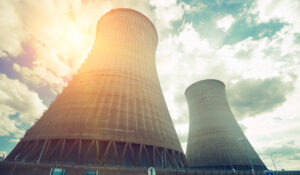
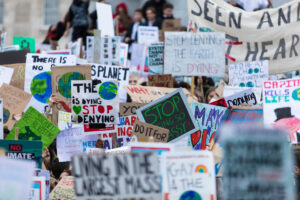
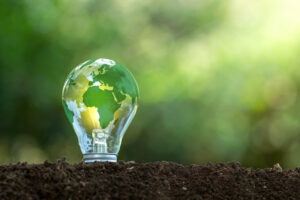
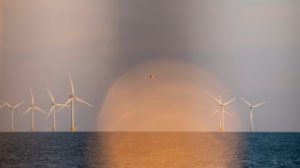
You need to be a supporter to comment.
There are currently no responses to this article.
Be the first to respond.